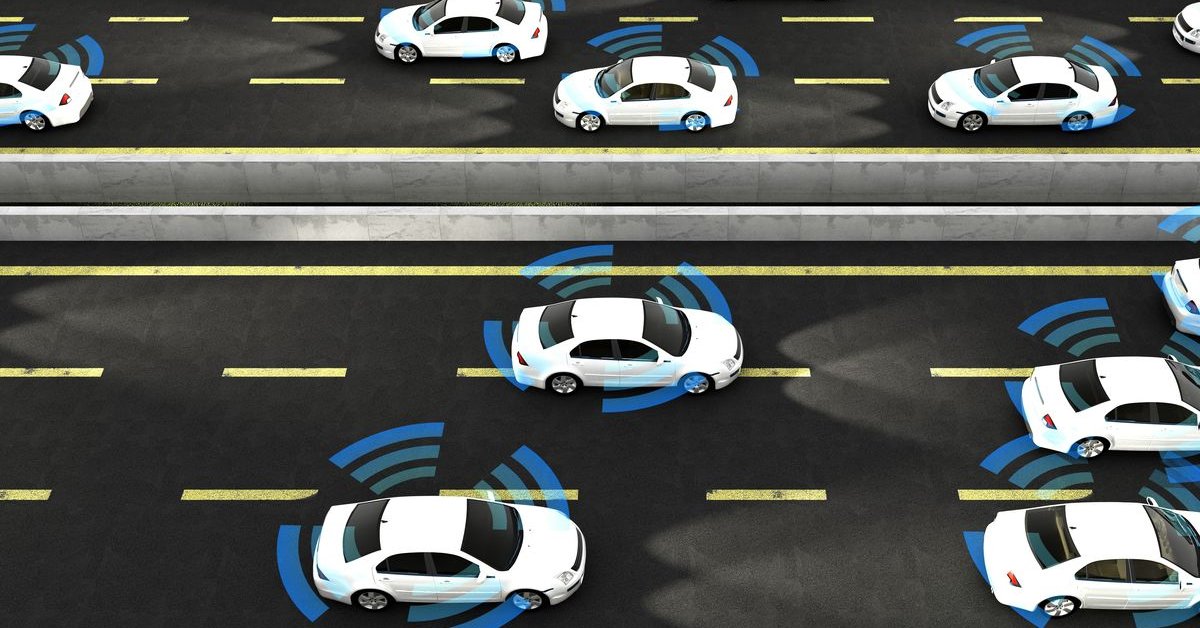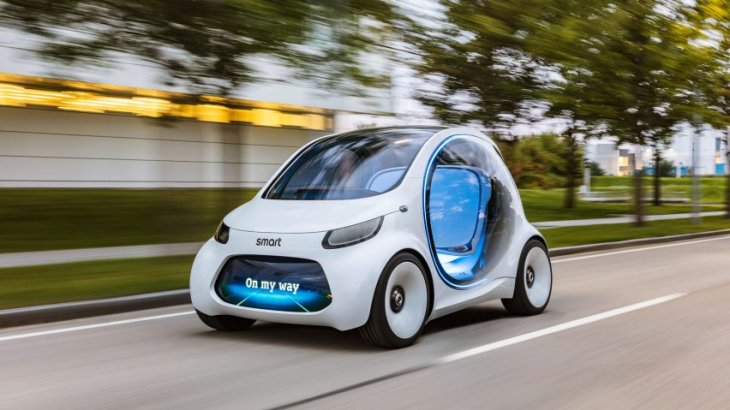Connected Self-Driving Cars Can Have A Positive Impact On Traffic Flow
Patanjali Talavalakar - Jun 03, 2019

New research suggests that a fleet of self-driving cars with the ability to communicate with each other can improve overall traffic flow by at least 35%.
- Tesla Robotaxi Finally Hits the Streets: $4.20 Rides That'll Make You Hold Your Breath
- Hyundai And Kia Confirmed To Have Ended Apple Car Talks
- Self-Driving Cars Can Now See Beneath The Road Surface With This New System
Researchers from the University of Cambridge suggest that a fleet of self-driving autos capable of interacting with each other can have a positive impact on overall traffic flow by at least 35%.
An experiment was set up with some autopilot cars driving on a track with multiple lanes. The researchers then examined what happened when one of the vehicles stopped moving.

When the vehicles were not moving cooperatively, any vehicles following the stopped one were forced to halt or to move slowly and had to wait for a gap. This is something that would happen in real life. Behind the stopped car, a line quickly formed, and the traffic stream was slowed down.
In any case, when all of the vehicles were communicating and driving cooperatively, right at the moment one vehicle stopped moving, a signal was sent to the rest of the fleet. Vehicles driving in the other lanes that were closest to the stopped vehicle moved slower in order to let vehicles on the inner lane pass the stopped vehicle quickly without having to slow down or stop.
Co-author Michael He from St John's College who developed the algorithms said: "Self-driving cars could fix lots of problems relating to driving in cities, but there needs to be a way for them to work together."
Also, when a vehicle driven by a human was on the “lane” with the self-driving vehicles and started driving around aggressively, the rest of the fleet could avoid the driver, thus improving safety.
“If distinctive car makers are all willing to develop their own self-driving cars with their own program, those vehicles really need to have the ability to interact with each other in an effective way”, said co-author Nicholas Hyldmar from Downing College who was responsible for the experiment's hardware.
For the research, in order to make the vehicle interact through Wi-Fi, the researchers used motion capture sensors and a Raspberry Pi.
The discoveries were introduced at the International Conference on Robotics and Automation (ICRA) in Montreal, Canada.
Featured Stories

Features - Jul 01, 2025
What Are The Fastest Passenger Vehicles Ever Created?

Features - Jun 25, 2025
Japan Hydrogen Breakthrough: Scientists Crack the Clean Energy Code with...

ICT News - Jun 25, 2025
AI Intimidation Tactics: CEOs Turn Flawed Technology Into Employee Fear Machine

Review - Jun 25, 2025
Windows 11 Problems: Is Microsoft's "Best" OS Actually Getting Worse?

Features - Jun 22, 2025
Telegram Founder Pavel Durov Plans to Split $14 Billion Fortune Among 106 Children

ICT News - Jun 22, 2025
Neuralink Telepathy Chip Enables Quadriplegic Rob Greiner to Control Games with...

Features - Jun 21, 2025
This Over $100 Bottle Has Nothing But Fresh Air Inside

Features - Jun 18, 2025
Best Mobile VPN Apps for Gaming 2025: Complete Guide

Features - Jun 18, 2025
A Math Formula Tells Us How Long Everything Will Live

Features - Jun 16, 2025
Comments
Sort by Newest | Popular